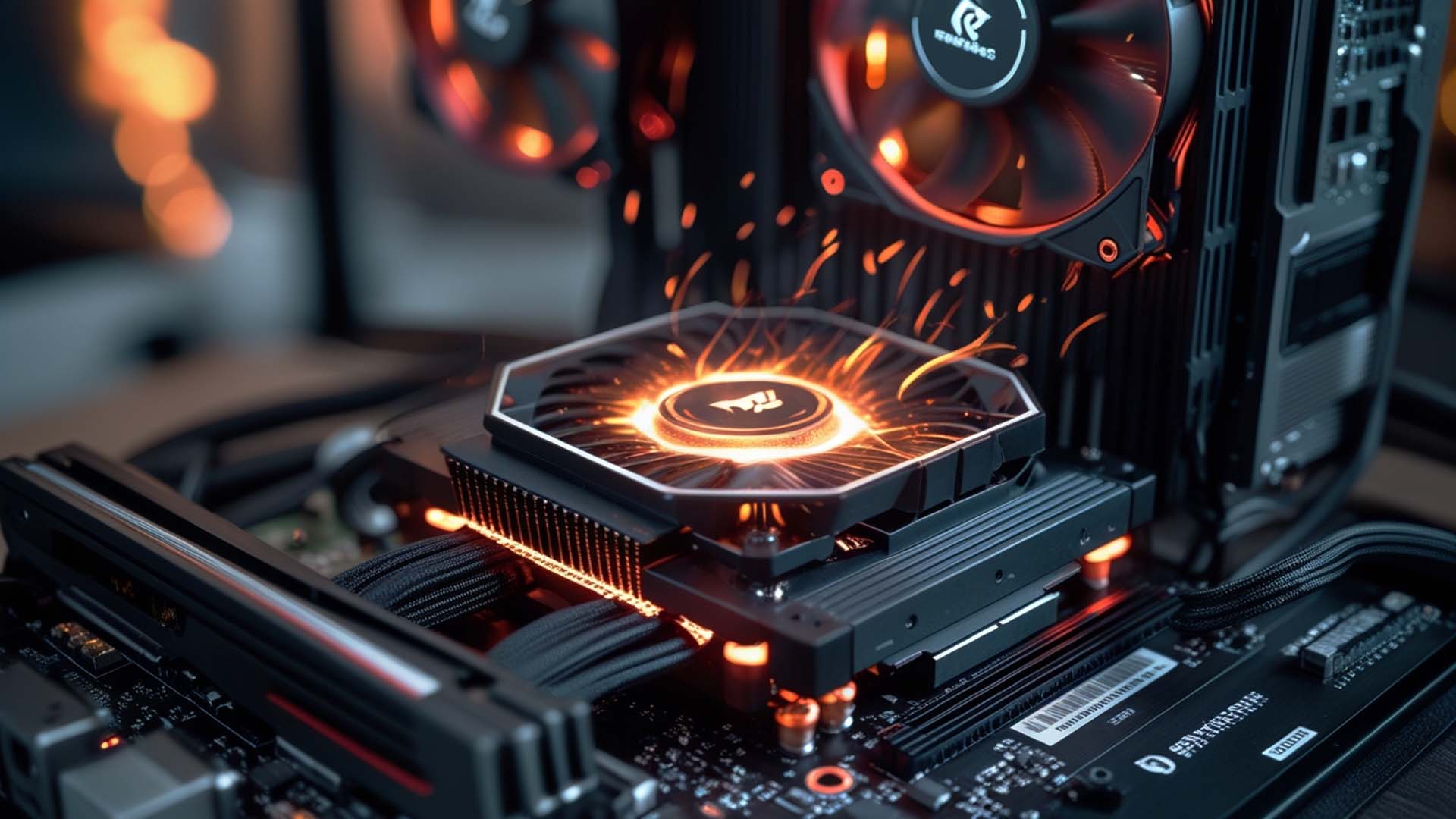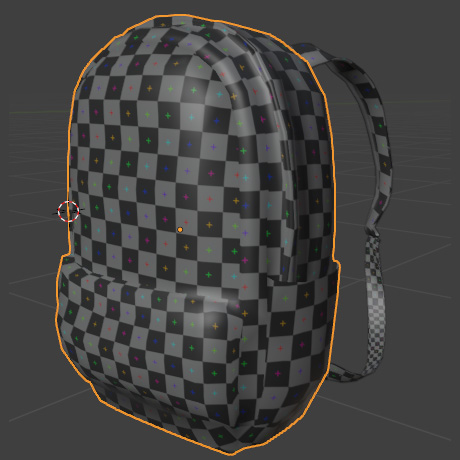Introduction
Optimization is the invisible craft that keeps players immersed. You notice it only when it fails-stutters, long loads, or drops in frame rate. At Tenjisoft Studio, optimization isn’t a late-stage fix; it is a design principle applied from concept to shipping build. This post breaks down our approach, with a deep focus on 3D asset optimization and practical engine habits that keep performance stable without sacrificing art direction.

1) The Philosophy of Optimization at Tenjisoft
- Optimization is design: artists, tech artists, and programmers share performance ownership.
- Budgets guide creativity: we define poly, texture, and material budgets per asset category before production.
- Platform-first thinking: targets differ for PC, console, and mobile; the quality bar stays consistent.
- Measure early, measure often: weekly profiling prevents expensive late-game rework.
2) Why Optimization Matters
- Player experience: smooth input and stable frame times are as important as visuals.
- Hardware reach: efficient content scales across a wider range of GPUs and consoles.
- Production efficiency: early constraints reduce redo work and shorten time-to-ship.
3) Optimizing 3D Assets
Polygon Budgets & Topology
- Category-based budgets: hero assets get higher budgets; background props stay lean.
- Clean topology: avoid micro-loops where normal maps can carry the form.
- Retopology pass: remove hidden faces and collapse edge loops outside the silhouette.
Level of Detail (LOD)
- Ship LODs for all visible meshes (LOD0 → LOD1 → LOD2/3 as distance grows).
- Use screen size thresholds, not fixed distances, for consistent results across FOV/resolutions.
- Merge tiny assets or force early LODs in clutter-heavy areas to cut GPU cost.
Textures, Texel Density & Compression
- Consistent texel density: maintain visual coherence and avoid jarring resolution jumps.
- Right-sized maps: characters/hero props typically use 2K–4K; background props 512–1K.
- Compression: use platform-appropriate formats (e.g., BCn/ASTC/ETC2) to reduce memory and bandwidth.
- Atlas & trim sheets: reuse material space to cut draw calls and memory.
Materials & Shaders
- Prefer material instances over unique materials for GPU and memory wins.
- Reduce costly features (heavy translucency, layered refractions, dynamic tesselation) unless essential.
- Bake complexity (curvature, AO details) into textures where possible.
Lightmaps, UVs & Lighting Prep
- Dedicated, non-overlapping lightmap UVs with adequate padding to avoid leaks and splotches.
- Use appropriate lightmap resolutions per asset size and importance.
- Validate scale and exposure with clay renders before texturing to prevent rework.
Instancing & Modular Design
- Instancing and HISM: reuse identical meshes to reduce draw calls dramatically.
- Modular kits: walls/floors/trim pieces as “lego blocks” keep scenes light and consistent.
- Snap-friendly pivots and grid-aligned dimensions accelerate level build and reduce errors.

4) Engine-Level Optimizations (Unreal)
- Profiling:
stat unit,stat gpu, GPU Visualizer, and MemReport to find real bottlenecks. - Visibility & culling: occlusion culling, distance culling, and careful use of bounds/portals.
- Virtual textures: stream large texture sets efficiently in open worlds.
- Nanite (UE5): leverage for high-detail geometry where appropriate; still respect shader/material limits.
- Async loading & streaming: stage heavy content and avoid hitches during traversal.
5) Balancing Quality vs Performance
- Keep the focal points pristine: player path, hero props, and cinematic beats.
- Cut cost in the periphery: background clutter, off-axis details, and repetitive forms.
- Readability beats micro-detail: silhouettes and material response matter more than unseen polygons.
6) Case Studies & Industry Statistics
The Witcher 3: Wild Hunt (CD Projekt Red)
- Large open world with dense foliage and heavy streaming demands.
- Stability achieved through aggressive LODs, foliage/grass optimization, and improved streaming.
- Target frame rate on base PS4/Xbox One was 30 FPS; later next-gen updates added 60 FPS modes on newer consoles.
Red Dead Redemption 2 (Rockstar Games)
- Exceptionally detailed world (AI/NPCs, weather, materials) optimized to run on 2013-era consoles.
- Heavy reliance on efficient asset streaming, disciplined GPU budgets, and robust compression.
- Shipped on base PS4/Xbox One targeting a stable 30 FPS; PC versions scale higher with hardware.
Ghost of Tsushima (Sucker Punch Productions)
- Balanced stylized beauty with grounded realism for strong readability at distance.
- Minimalist, elegant level composition avoided unnecessary on-screen cost while preserving mood.
- Ran smoothly on PS4 targets (~30 FPS), with PS5 backward-compatibility unlocking higher frame rates (up to 60 FPS mode).
PUBG Mobile
- Optimized character and prop assets with strict polygon and texture budgets for broad device support.
- Scaled settings allow mid-range devices to sustain 30–60 FPS, with higher refresh modes available on capable hardware.
- Aggressive LODs and streaming keep large maps responsive during high-action moments.
Tenjisoft Internal Benchmark (Environment Scene)
- Baseline: large indoor mall environment on a GTX 1060 averaged ~45 FPS.
- Passes applied: LOD tuning, atlas/trim usage, virtual textures, HISM instancing, lightmap cleanup.
- Result: ~80 FPS average with no perceivable loss of quality at gameplay distances.
Conclusion - Smooth Gameplay Is a Creative Choice
At Tenjisoft, optimization is not a band-aid; it’s a mindset. By combining disciplined 3D asset workflows with practical engine techniques, we protect frame time without diluting the art. The goal is simple: a game that looks great, feels responsive, and scales across platforms. That’s the experience players remember.
Want production-ready, optimized assets or support on your next title?
Work with Tenjisoft Studio